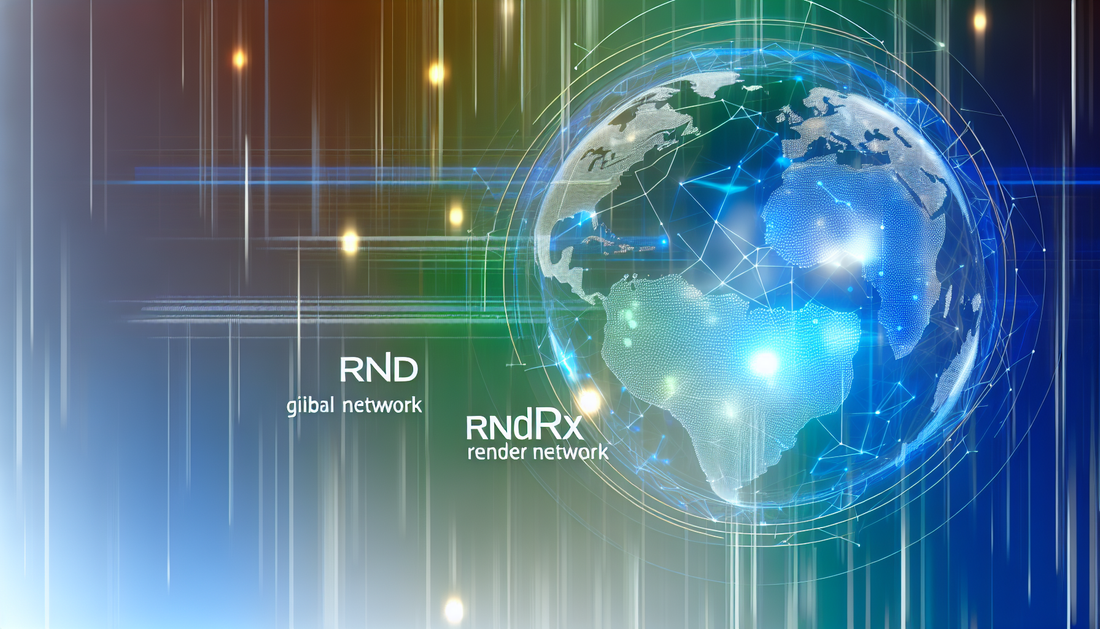
Governance Unveiled: The Render Network Approach
Share
Governance in the Render Network (RNDRX): A Neutral Exploration
Governance plays a crucial role in the ethos and functionality of the Render Network, also known as Render RNDRX. This decentralized network is dedicated to rendering graphic and visual data through distributed computing resources, and its governance mechanism ensures that decisions are made effectively and fairly by the community involved.
Render Network employs a decentralized governance model, where stakeholders participate in the decision-making process. This structure leverages blockchain technology to facilitate transparency and inclusivity, allowing participants to propose and vote on changes. Such a system is intended to align the network's direction with the collective interests of its community, rather than centralized authorities.
One of the significant aspects of Render Network's governance lies in its tokenomics. Holding RNDRX tokens grants participants the power to influence the network. Token holders can vote on various proposals, from network upgrades to economic changes. This model closely mirrors some concepts discussed in other blockchain projects such as the Radix Ecosystem, where governance also plays a pivotal role in sustaining decentralized finance innovations.
The governance structure of Render Network, while empowering, is not without its criticisms. Some argue that the weight of votes correlating directly to token holdings might skew decisions towards wealthier participants. This concern mirrors discussions within decentralized finance about ensuring balanced representation and avoiding plutocratic tendencies. Some believe that a potentially centralized influence could undermine the decentralized promise of blockchain-based governance.
Comparatively, other networks like XAI have explored unique models to mitigate centralization risks, striving for a system that balances power among stakeholders. Similarly, the BEAM Cryptocurrency shares insights into challenges inherent in crypto governance and how they navigate through them.
In the broader context of decentralized finance and blockchain innovations, Render Network continues to refine its governance strategies. The ongoing evolution illustrates the dynamic nature of governance in blockchain ecosystems as stakeholders engage in dialogues on enhancing current frameworks. Such discussions are vital for bolstering decentralized, resilient network models, potentially inspiring future changes that could be beneficial across various sectors. Engagement in governance imparts a level of ownership to participants, fostering a community-driven environment that propels the network towards achieving shared goals.
Overall, governance in Render Network exemplifies the intricacies and opportunities present in decentralized ecosystems. As decentralized technologies proliferate, attention to participation, decision-making processes, and equitable governance remains crucial to achieving sustainable, resilient blockchain networks.
